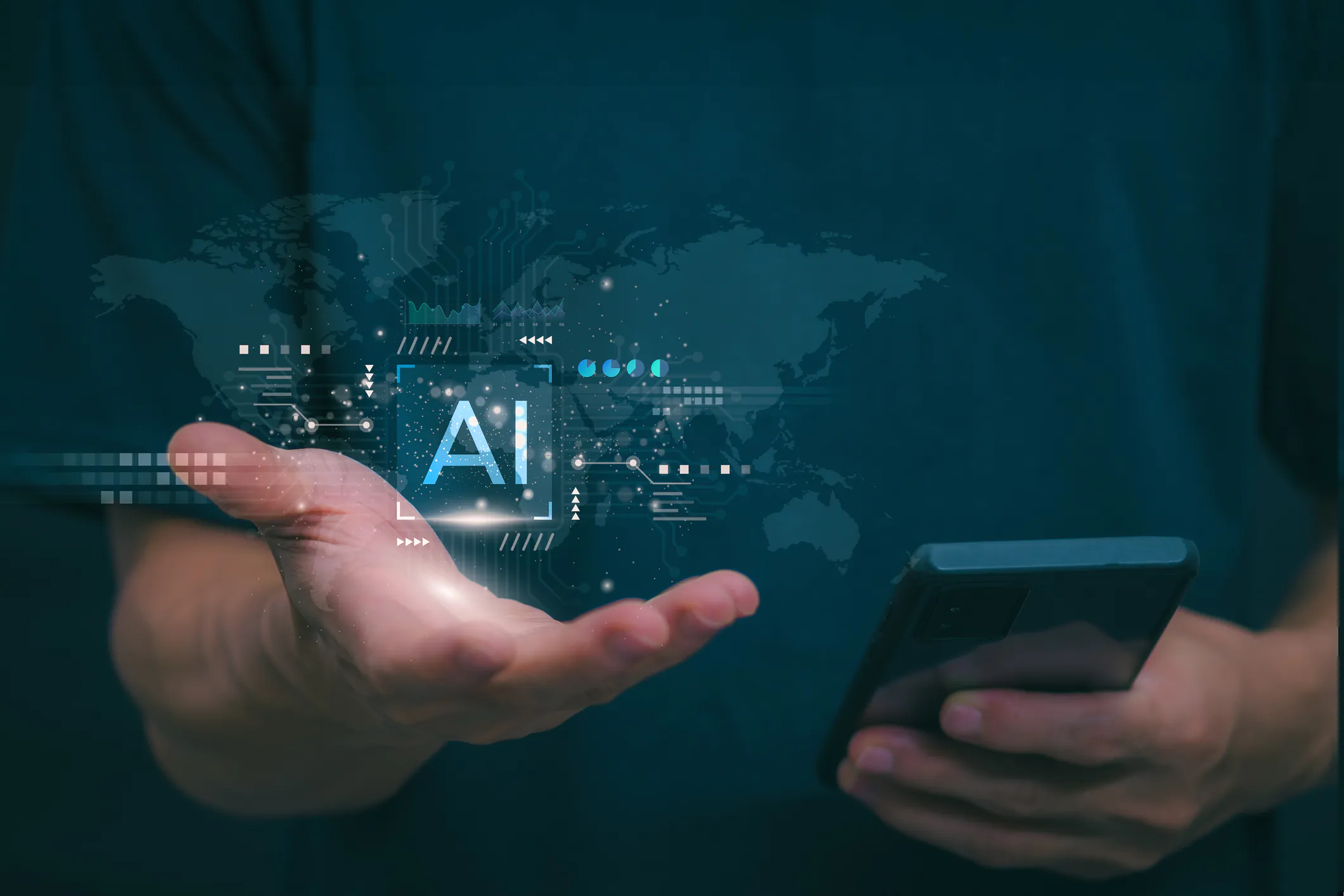Author: Senior Market Intelligence Expert, Infiniti Research
The digital twin in energy sector is rapidly becoming a transformative technology, offering a new way to optimize operations, reduce costs, and enhance sustainability. This concept, originally introduced for manufacturing and engineering, has found its way into the energy sector, revolutionizing everything from grid management to renewable energy integration. As we explore the potential of digital twins in energy, we will look at key use cases, the challenges involved, and the innovation drivers pushing the industry forward.
What is a Digital Twin in the Energy Sector?

A digital twin in energy sector refers to a virtual replica of physical assets, processes, or systems used in the energy sector. It collects real-time data from sensors, IoT devices, and other sources, creating a dynamic and accurate digital model of the physical asset. This virtual model allows for simulation, monitoring, predictive analytics, and optimization of energy systems, providing significant benefits across a variety of applications.
In the energy sector, this could include the modeling of power plants, electrical grids, renewable energy systems, and even entire energy networks. The digital energy twin is proving to be a game-changer, helping companies improve operational efficiency, reduce downtime, and make data-driven decisions to meet sustainability goals.
Use Cases of Digital Twin in Energy Sector
-
Smart Grid ManagementOne of the most impactful digital twin energy applications is in advanced intelligent smart grid management. A digital twin in the energy industry allows utilities to create a virtual representation of their electrical grid, continuously monitoring performance in real-time. By analyzing data from the grid, operators can accurately predict outages, identify areas of inefficiency, and optimize energy distribution. This approach helps in maintaining grid stability and reducing the risk of large-scale disruptions.
-
Predictive Maintenance of Energy AssetsPredictive maintenance is another critical area where digital twin energy technology shines. Power plants, wind turbines, and solar farms rely on complex machinery that requires constant monitoring to avoid costly breakdowns. By using a digital twin in energy industry, operators can continuously assess the health of equipment, predict wear and tear, and schedule maintenance before failures occur. This can significantly reduce downtime and maintenance costs, improving overall efficiency.
-
Renewable Energy IntegrationEnergy storage plays a crucial role in enabling the widespread adoption of renewable energy, especially with intermittent sources like solar and wind. By creating digital twin energy models of energy storage systems (such as batteries or pumped hydro storage), energy providers can optimize charging and discharging cycles. This leads to better utilization of stored energy and ensures that it is available when needed most, reducing waste and increasing the efficiency of the entire energy system.
-
Energy Storage OptimizationEnergy storage plays a crucial role in enabling the widespread adoption of renewable energy, especially with intermittent sources like solar and wind. By creating digital twin energy models of energy storage systems (such as batteries or pumped hydro storage), energy providers can optimize charging and discharging cycles. This leads to better utilization of stored energy and ensures that it is available when needed most, reducing waste and increasing the efficiency of the entire energy system.
-
Energy Demand ForecastingAccurate energy demand forecasting is critical for utilities to balance supply and demand effectively. A digital twin in energy industry can leverage real-time data and predictive analytics to forecast energy consumption patterns based on factors like weather, time of day, and historical trends. By creating a virtual model of the energy consumption behavior, utilities can optimize their power generation strategies and avoid overproduction or underproduction, thus reducing costs and improving reliability.
Unlock the transformative potential of digital twin technology in the energy sector to optimize operations and enhance sustainability. To navigate the complexities of implementation and drive innovative growth for your energy solutions.…
Challenges of Implementing Digital Twin Technology in Energy
While the potential of digital twin in energy sector is immense, there are several challenges that need to be addressed for widespread adoption:
Developing and deploying a digital twin energy system requires a significant upfront investment in technology, sensors, data storage, and computing infrastructure. For many organizations, especially smaller energy providers, this initial cost can be a barrier to adoption. However, as technology becomes more accessible and affordable, this challenge is likely to diminish.
One of the biggest hurdles in implementing a digital twin in energy industry is the integration of data from diverse sources. Energy systems typically involve a wide range of equipment, sensors, and platforms, each with its own data format. Ensuring that all this data is integrated seamlessly into a cohesive model can be complex and time-consuming. Effective data management strategies and advanced AI algorithms are needed to overcome this challenge.
With the increasing amount of data being transmitted and analyzed in real-time, cybersecurity becomes a major concern. A digital twin in energy industry is only as secure as the data it relies on. Energy systems, particularly in critical infrastructure, need to be protected from cyberattacks that could manipulate or corrupt digital models, potentially leading to catastrophic failures or blackouts.
Scaling up digital twin energy models to encompass large, complex energy networks can be technically challenging. The energy sector is vast, with multiple interconnected systems, and developing an effective digital twin for such large-scale operations requires significant computational power and expertise. Ensuring that digital twins can scale efficiently and accurately is crucial for long-term success.
Read more: How Infiniti Research Helped a Client Enter New Markets with a Market Opportunity Assessment Process
Innovation Drivers in the Energy Sector
The rise of digital twin in energy industry is being driven by several key innovations:
-
IoT and Sensor TechnologiesThe rapid proliferation of Internet of Things (IoT) devices and sensors has made it significantly easier and more cost-effective to collect real-time data from various complex energy systems. These devices feed crucial information into digital twins, enabling smarter, data-driven decision-making and performance optimization.
-
Artificial Intelligence and Machine LearningAI and machine learning algorithms are integral to unlocking the full potential of digital twin energy. By analyzing vast amounts of data generated by digital twins, AI can identify patterns, predict future behavior, and provide actionable insights. This allows energy companies to make more informed, data-driven decisions.
-
Cloud Computing and Big DataThe availability of cloud computing resources has made it easier to store and process the massive amounts of data generated by digital twins. Cloud platforms also enable real-time collaboration, allowing energy operators, engineers, and stakeholders to access digital models and analytics from anywhere in the world.
-
Sustainability GoalsAs energy companies strive to meet increasingly stringent environmental regulations and sustainability targets, digital twins offer a way to optimize energy production and consumption while reducing waste. The ability to simulate energy systems and test different scenarios helps energy providers identify the most sustainable and cost-effective solutions.
Conclusion
The digital twin in energy sector is a powerful tool that holds great promise for improving the efficiency, sustainability, and reliability of energy systems. From predictive maintenance and grid optimization to renewable energy integration and energy storage, the use cases are vast and varied. However, challenges such as high initial investment, data integration, and cybersecurity must be addressed to unlock the full potential of digital twin technology. As innovation drivers like IoT, AI, and cloud computing continue to evolve, the energy sector will undoubtedly see further advancements in digital twin applications, paving the way for a smarter, greener energy future.
Ready to elevate your energy operations with cutting-edge digital twin solutions? To discover how our expert market analysis can help you overcome challenges and achieve your sustainability goals….


